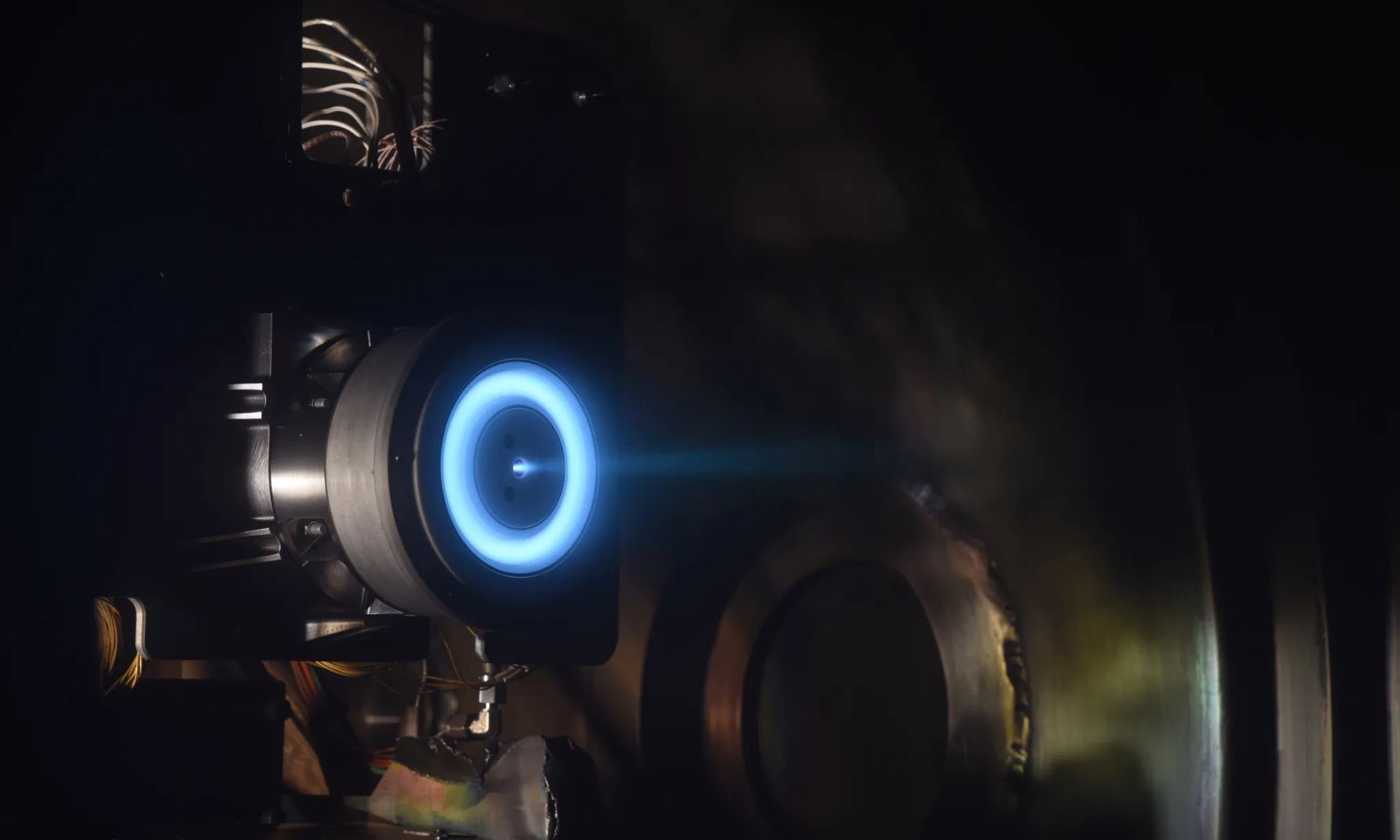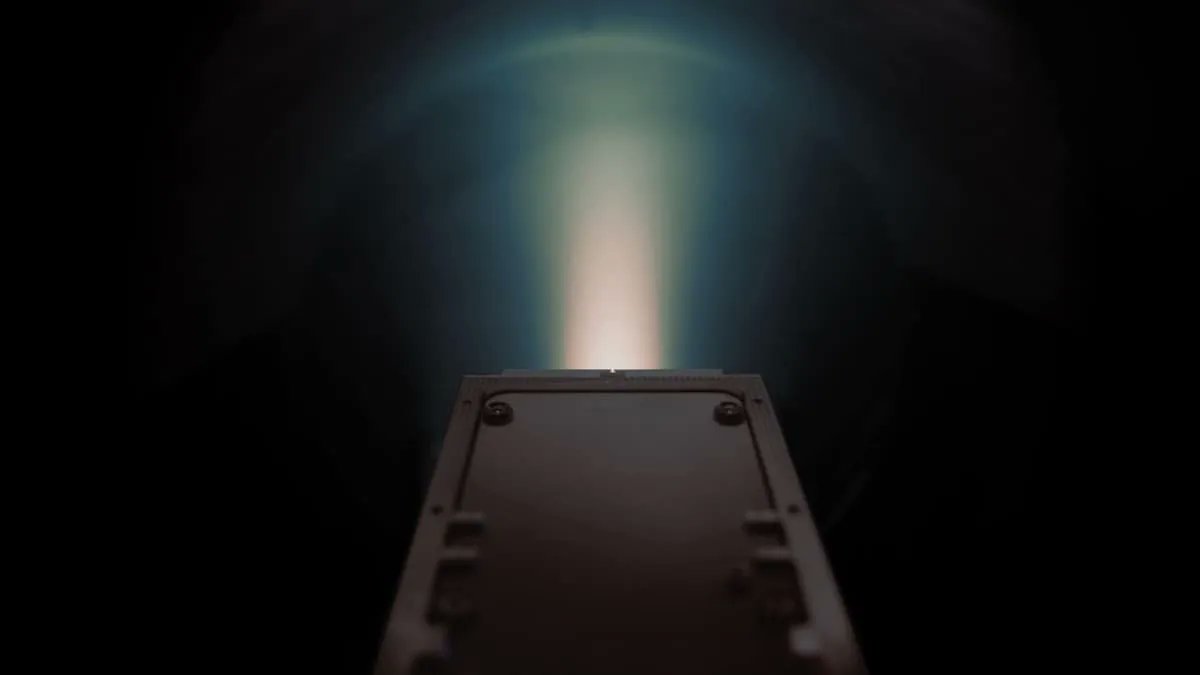Sending an object to another star is still the stuff of science fiction. But some concrete missions could get us at least part way there. These “interstellar precursor missions” include a trip to the Solar Gravitational Lens point at 550 AU from the Sun – farther than any artificial object has ever been, including Voyager. To get there, we’ll need plenty of new technologies, and a recent paper presented at the 75th International Astronautical Congress in Milan this month looks at one of those potential technologies – electric propulsion systems, otherwise known as ion drives.
Continue reading “Ion Engines Could Take Us to the Solar Gravitational Lens in Less Than 13 Years”Next Generation Ion Engines Will Be Extremely Powerful

During the Space Race, scientists in both the United States and the Soviet Union investigated the concept of ion propulsion. Like many early Space Age proposals, the concept was originally explored by luminaries like Konstantin Tsiolkovsky and Hermann Oberth – two of the “forefathers of rocketry.” Since then, the technology has been validated repeatedly by missions like the Deep Space-1 (DS-1) technology demonstrator, the ESA’s Smart-1 lunar orbiter, JAXA’s Hayabusa and Hayabysa 2 satellites, and NASA’s Dawn mission.
Looking to the future of space exploration, researchers at the NASA Glenn Research Center (GRC) have been busy developing a next-generation ion engine that combines extreme fuel efficiency with high acceleration. These efforts have led to the NASA-H71M sub-kilowatt Hall-effect thruster, a small spacecraft electric propulsion (SSEP) system that will enable new types of planetary science missions. With the help of commercial partners like SpaceLogistics, this thruster will also be used to extend the lifetimes of spacecraft that are already in orbit.
Continue reading “Next Generation Ion Engines Will Be Extremely Powerful”Company Tests Iodine Thruster in Space for the First Time
Ion thrusters have played second fiddle to chemical rockets for most of the history of space exploration. Part of that is because of their inability to launch payloads into orbit. But in space, their high thrust-to-weight ratio has plenty of appeal. Other features have held the technology back, including the difficulty of working with the thruster’s fuel source – xenon. Now, a team of engineers and scientists from ThrustMe, a French start-up that focuses on developing advanced propulsions systems, have developed an ion thruster that works on an entirely new and much easier to use material – iodine.
Continue reading “Company Tests Iodine Thruster in Space for the First Time”About 3% of Starlinks Have Failed So Far
SpaceX has drawn plenty of praise and criticism with the creation of Starlink, a constellation that will one-day provide broadband internet access to the entire world. To date, the company has launched over 800 satellites and (as of this summer) is producing them at a rate of about 120 a month. There are even plans to have a constellation of 42,000 satellites in orbit before the decade is out.
However, there have been some problems along the way as well. Aside from the usual concerns about light pollution and Radio Frequency Interference (RFI), there is also the rate of failure these satellites have experienced. Specifically, about 3% of its satellites have proven to be unresponsive and are no longer maneuvering in orbit – which could prove hazardous to other satellites and spacecraft in orbit.
Continue reading “About 3% of Starlinks Have Failed So Far”This Powerful Ion Engine Will Be Flying on NASA’s DART Mission to Try and Redirect an Asteroid

Despite humanity’s current struggle against the novel coronavirus, and despite it taking up most of our attention, other threats still exist. The very real threat of a possible asteroid strike on Earth in the future is taking a backseat for now, but it’s still there.
Though an asteroid strike seems kind of ephemeral right now, it’s a real threat, and one that—unlike a coronavirus—has the potential to end humanity. Agencies like NASA and the ESA are still working on their plans to protect us from that threat.
Continue reading “This Powerful Ion Engine Will Be Flying on NASA’s DART Mission to Try and Redirect an Asteroid”


